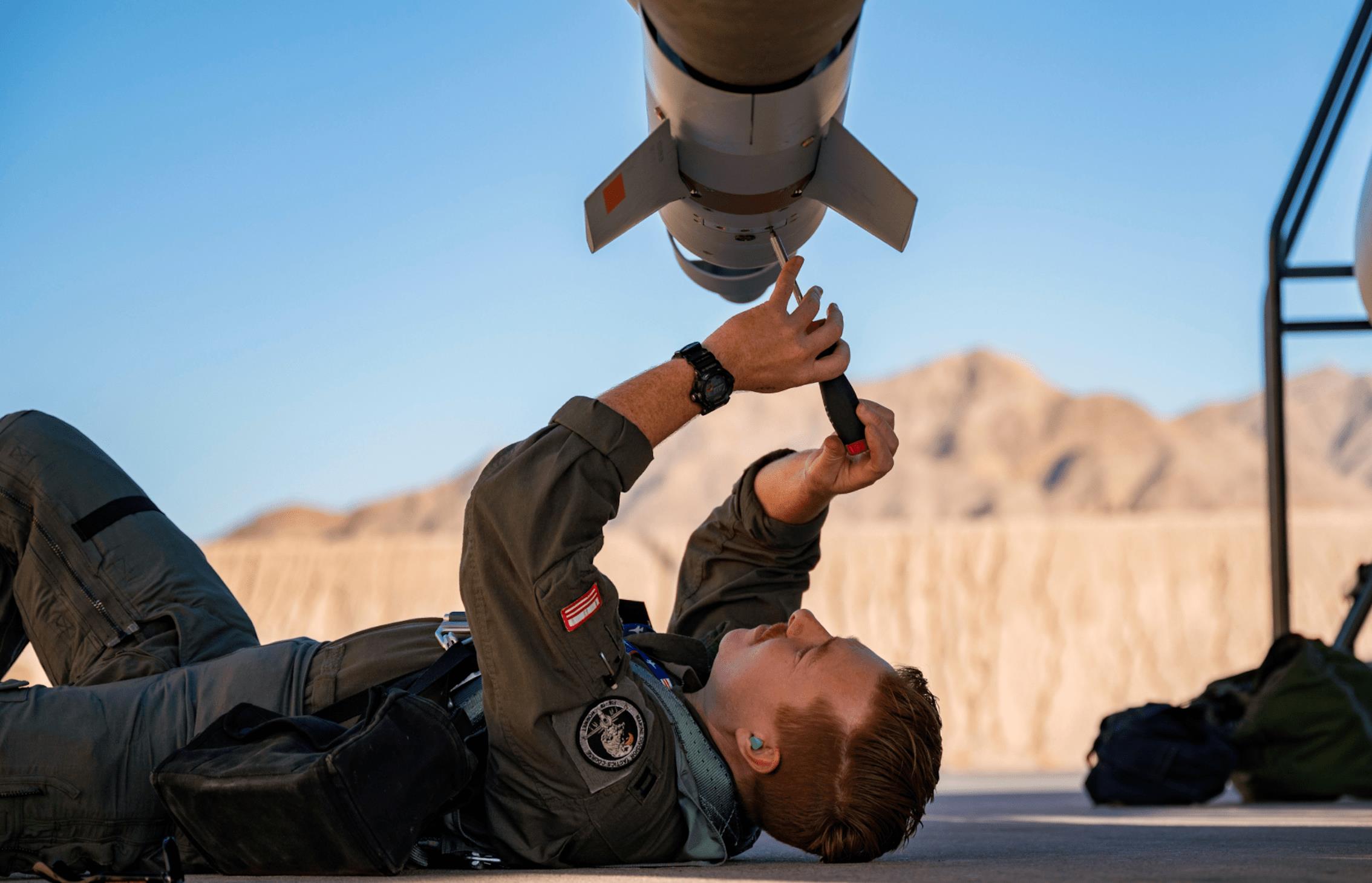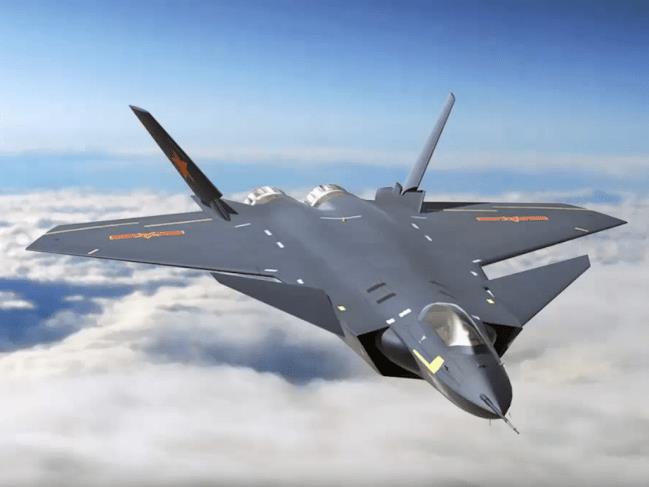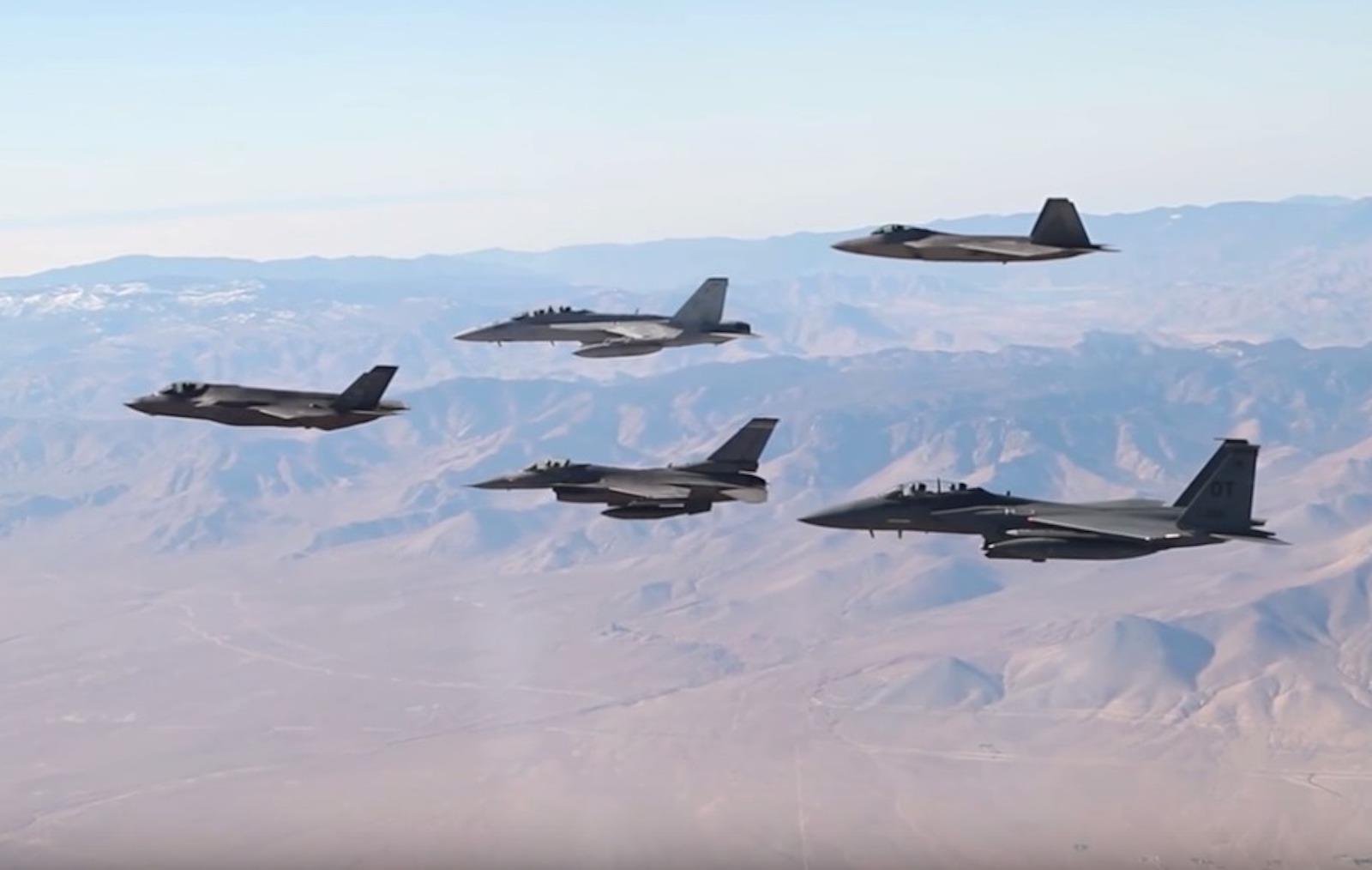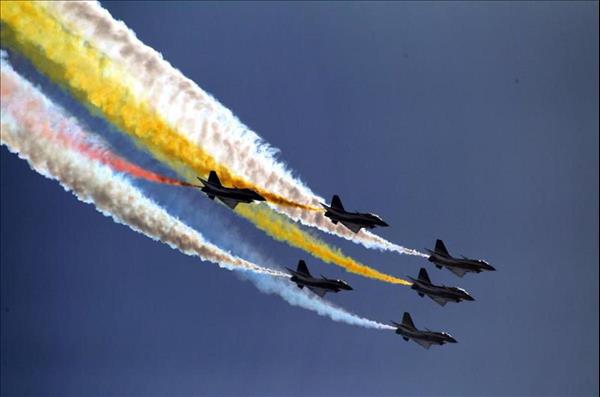
China May Now Have Air Superiority Over US In Pacific
China's jet fighter force may have already caught up with the quality and quantity of the US, prompting new urgent calls in Washington to build up and modernize the US fighter fleet.
US Air Combat Command Chief General Mark Kelley said that America's combat air forces are 12 squadrons short of multiple aircraft types at the US Air Force Association's annual Air, Space, and Cyber Conference this month, as reported by the Air and Space Forces Magazine .
He cautioned that the US had departed the era of conventional overmatch, with US combat air forces less than half of what they were during the 1991 Gulf War. However, exact aircraft numbers are highly classified; fighter squadrons generally consist of between 18 and 24 jets.
“When you have conventional overmatch, strategic risk is low. But that's not where we've arrived in terms of conventional deterrence,” Kelly said.
He noted that while the US Air Force needs 60 fighter squadrons, it has only 48 of those to carry out its missions for homeland defense, overseas contingencies, overseas presence and crisis response.
He added that while the US Air Force has nine A-10 ground-attack aircraft squadrons, they lack air-to-air and multirole combat capability.
Kelly said these fighter shortages are most acutely felt in the Pacific, noting that the US needs 13 fighter squadrons in the region but now has only 11. In terms of crisis response forces, he mentions that the US is five squadrons short.
Apart from squadron shortages, Kelly mentions that only three out of eight squadrons are transitioning to new aircraft, resulting in a fighter force that is smaller, older and less capable.
He pointed out that the US fighter fleet is, on average, 28.8 years old compared to 9.7 years in 1991, with readiness levels plummeting as pilots get only 9.7 flight hours a month, compared to 22.3 just before the 1991 Gulf War.

A US Air Force captain performs preflight checks on an F-16 Falcon fighter jet before takeoff at Nellis Air Force Base, Nevada., April 15, 2021. Photo: Air Force Airman 1st Class Zachary Rufus
Flying is a skill that atrophies without practice, notes Kate Odell in a February 2022 article for the Wall Street Journal . She notes that a fighter pilot needs 200 flight hours a year to stay sharp, with four or three practice sorties a week to maintain proficiency. At one or two sorties, Odell mentions that a pilot will deteriorate in ability and comfort in the cockpit.
Kelly makes a case for a fighter force that will dissuade any opponent from contemplating war with the US, making the case that no country in its proper frame of mind would pick a fight with a country with 134 modernized, well-trained and well-equipped fighter squadrons.
To achieve these force numbers, Kelly states that the US must maintain a production target of 72 fighters per year and keep its allies at a comparable level of capability, as the latter will be critical force multipliers.
He proposes a 4+1 fighter force mix for the 2030s, consisting of F-22s, F-35s, F-15EXs, F-16s, and A-10s. The F-22 will be the primary air superiority platform to be supplanted by the upcoming Next Generation Air Dominance (NGAD) fighter.
The F-35 would be the workhorse for operations in contested airspace, supported by the F-15EX carrying long-range air-to-air weapons and 5th-generation sensor capabilities. F-16s would be a general-purpose model, while the A-10 will remain in its ground attack aircraft role.
In contrast to the US, Xiaobing Li, in the Journal of Indo-Pacific Affairs , notes that China has 1,800 fighters divided into each of its five theater commands and organized into seven to 10 fighter brigades having three to six fighter groups, with each group having 30 to 50 aircraft. Regarding training, the defense website Global Security notes that in 2017 China's fighter pilots managed 100 to 110 flight hours per year.
Given the flight hours mentioned by Global Security, there may not be much difference between the flying hours of US and Chinese fighter pilots. However, Lyle Morris notes in a 2016 RAND article that China's fighter pilot training scenarios are highly scripted and tied to ground control, potentially making them less responsive and adaptable to rapidly-changing combat scenarios.
Morris notes that China has tried to simulate unscripted scenarios with systemic reforms to train its pilots to fight and win against militarily superior opponents such as the US.

The J-20 is China's most advanced stealth fighter jet in service. Photo: Twitter
He says China has given its pilots the responsibility to make their flight plans and complete autonomy over their sorties. Still, Morris notes that it will take time to reform the rigid operational practices institutionalized in China's air force.
Apart from reforming rigid training practices, China has fast-tracked its pilot training program, notes Liu Xuanzun in a July 2022 article for Global Times . Liu notes that under the old training program pilot cadets required four to six years of flight training to operate a fourth-generation fighter, but the new program trims the period to three years.
This accelerated training program aims to match the record production rates of China's fighter jets. In a December 2021 article for Global Times , Liu Xuanzun notes that China's Shenyang Aircraft Corporation, under the state-owned Aviation Industry Corporation of China (AVIC), achieved record production of its J-15 carrier-based fighter and J-16 multirole fighter jet and even finished its production quotas in advance, despite difficulties caused by the Covid-19 pandemic.
However, the article did not divulge any precise production numbers. Against America's 4+1 fighter force mix, China can field a combination of J-20 and FC-31 fifth-generation fighters; J-11, J-15 and J-16 heavyweight fighters in various configurations; and J-10 lightweight fighters.
Moreover, in terms of qualitative improvements to its fighter jets, China has been steadily improving the quality of its jet engines , which were a significant handicap for its fighters, and substantially improving its air-to-air missiles to the point of exceeding Western models in some cases.
Kelly's proposal to bulk up US fighter strength is reminiscent of the Reagan administration's 600-ship navy plan, which aimed to overmatch the Soviet Navy.

US F-35, F-16, F-18, F-22, and F-15 jets flying in formation. Photo: Facebook / Popular Mechanics
The US accomplished this massive naval shipbuilding program by investing in proven platforms and, at the same time, making critical investments in emerging technologies, notes Joseph Sims in an August 2022 article for the US Naval Institute .
While Kelly's mention of tested platforms such as the F-15EX, F-16 and A-10 balanced with newer models such as the F-22 and F-35 may follow this logic, Sims cautions that the US cannot trade quality for quantity, which may give a false sense of actual capability and hence security.
He also says that quantity is essential and that there should be an absolute minimum number of combatant units that force levels are not permitted to go below.

Legal Disclaimer:
MENAFN provides the
information “as is” without warranty of any kind. We do not accept
any responsibility or liability for the accuracy, content, images,
videos, licenses, completeness, legality, or reliability of the information
contained in this article. If you have any complaints or copyright
issues related to this article, kindly contact the provider above.


















Comments
No comment